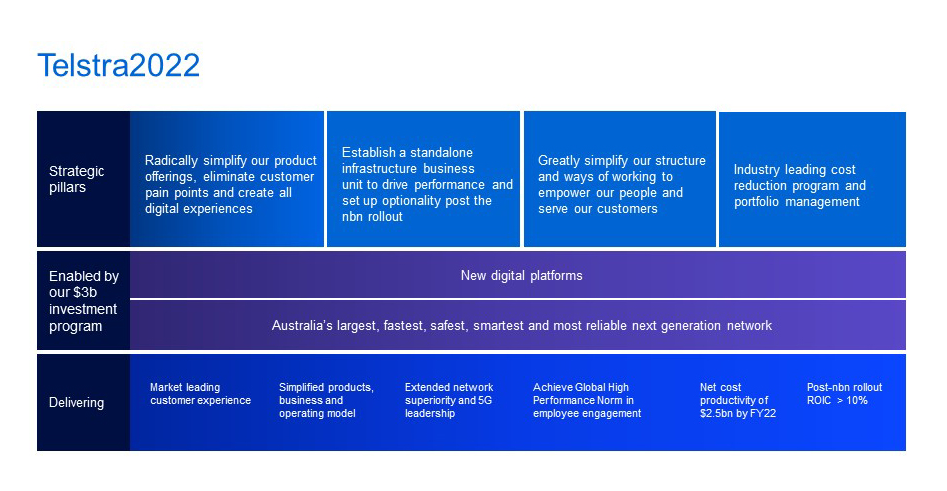Telstra is owned by Australians, pure and simple. Read more about Telstra’s history and what it looks like today right here.
Telstra has been a government-owned telco for most of its history. However, the government began selling shares in 1997, and by 2011 Telstra was a fully privatised company. Today, Telstra has over a 1.5 million shareholders.
Telstra’s all-Aussie history
As a result of the Australian Federation, the Postmaster-General’s Department (PMG) was formed in 1901 to control all telecommunications services in the country – including what’s known as Telstra today.
Best plans compared to Telstra
By 1975, PMG was replaced by separate commissions for different types of communications. The Australian Telecommunications Commission (ATC) was created to handle telco services in the country, and was traded as Telecom Australia, which is Telstra for short.
1993 also saw the formation of the Australian and Overseas Telecommunications Corporation (AOTC) – a merger of the ATC and the Overseas Telecommunications Commission. That same year, the AOTC was renamed Telstra Corporation Limited. By 1995, both the overseas and domestic arms adopted the name Telstra for uniformity.
Telstra today
Telstra is the largest Telco in Australia, with over 22 million mobile service customers, as well as 3.4 million subscribers for bundles and data services. The telco has the widest mobile coverage in Australia, and is also a global company with a presence in several countries.
Telstra is a big-brand name, but doesn’t necessarily offer the best deals for the average Aussie. If you’re with Telstra and want to find cheaper plans or more data, start here:
Find a cheaper plan
In 2018, Telstra launched its commercial 5G service in Australia. It continues its rollout across the country. In August 2024, Telstra switched off its 3G service.
Telstra involves itself in meaningful projects and investments in areas such as the IoT, small business environment with platforms like GoDigital, and kids safety with a partnership with Spacetalk.
Telstra also wholesales their network to several Mobile Virtual Network Operators (MVNOs), and even owns the copper wire that connects the NBN to most Australian homes. In other words, if you’re in Australia, then there’s a good chance you have used one of Telstra’s services one way or the other, especially SIM only plans.
Telstra also owns smaller brands Boost and Belong. Boost uses the entire Telstra network (not just the wholesale portion), which means you can get the best coverage available at a far cheaper price.
Telstra’s CEO history
The first Telstra CEO as a private company was David Thodey, who served from 2010 to 2015. Mr. Thodey focused mainly on customer service and built the foundation of what Telstra is today.
In 2015, Andy Penn took over as CEO. Mr. Penn’s era saw some rocky stages, including a global pandemic, losses and job cuts which forced a restructure of the telco into a more simplified company, based on the T22 strategy. However, under Mr. Penn’s leadership Telstra has also grown in its wholesale mobile network, and is the current leader in Australia’s 5G network.
Vicky Brady became the CEO and Managing Direct in September of 2022. Before being CEO, Ms Brady was Chief Financial Officer and Strategy & Finance Group Executive.
Telstra’s T22 strategy
Telstra has largely been an oversized telco, selling everything from pay TV services to mobile services to both consumers and businesses. Their size can be overwhelming at times, considering the amount of services and offers the telco has.
As a result, Telstra announced their Telstra2022 (T22) strategy to improve customer experience, simplify operations, and reduce cost base.

Telstra2022 strategy. src
The T22 strategy simplified Telstra’s services, revamping its its mobile plans several times since the T22’s launch. As part of its strategy, Telstra scrapped its postpaid plans for a new upfront postpaid plan lineup.